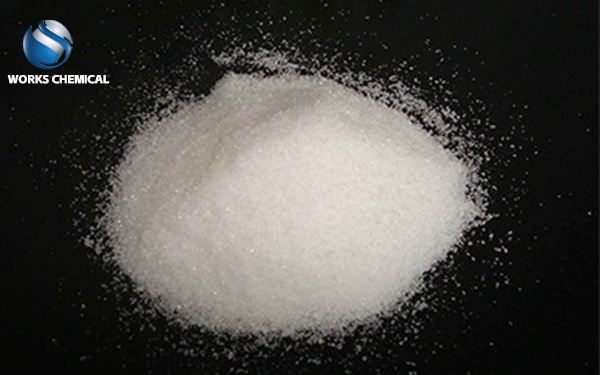
Inorganic conditioner
It is the most commonly used sludge conditioner, mainly including lime, aluminum hydroxide, iron hydroxide and so on. The inorganic conditioner can improve the dewatering property of sludge by neutralizing the organic acids in sludge and adjusting the pH value of sludge. Its advantages are low cost and good dehydration effect. However, the addition amount is large, which may lead to an increase in the amount of sludge after treatment.

Organic conditioner
It mainly includes cationic polyacrylamide (CPAM), anionic polyacrylamide (APAM) and so on. The organic conditioner improves the dewatering performance of the sludge by absorbing and neutralizing the organic matter in the sludge. Compared with inorganic conditioner, the amount of organic conditioner added is smaller, and the effect of sludge dewatering is significantly improved. But the cost is relatively high.
Biological conditioner
It mainly includes enzymes, microbial metabolites and so on. By decomposing the organic matter in the sludge, the biological conditioner reduces the hydrophilicity of the sludge, thereby improving its dewatering performance. The advantage of biological conditioners is environmental protection, but the treatment time is longer. When choosing a sludge conditioner, it is necessary to comprehensively consider the type, nature and dehydration requirements of the sludge.
Make your own conditioner
Some companies will choose homemade conditioners according to their own needs. This type of conditioner is usually an appropriate adjustment and combination of existing conditioners to meet the needs of a specific sludge treatment scenario. The advantage of the homemade conditioner is that it can be optimized according to the actual situation to achieve a better sludge dewatering effect. However, it should be noted that the development and application of homemade conditioners require certain technical support and experience accumulation.